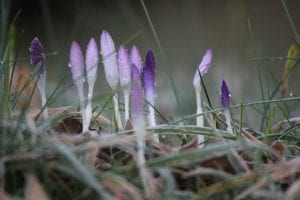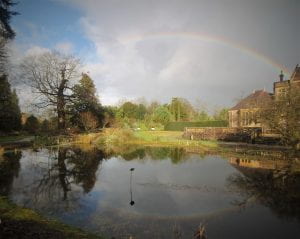By Andy Winfield

Today as I write this the sun is shining, the birds are in full voice singing, cawing and screeching around the Garden. Bulbs are popping up, crocus are the first with daffodils a week away from carpeting the ground with yellow. Primroses are dotting grassy areas and bees are beginning to forage in the middle of the day; the minimum temperature that a bee can fly is said to be 13 degrees, so when you see one out and about you know the season is changing. (more…)



 I’m currently reading Braiding Sweetgrass for the second time, this time as an audiobook. For those that haven’t read it, it’s a series of essays and memories from Robin Wall Kimmerer; an academic and botanist of Native American heritage. She says of the book, “I wanted readers to understand that Indigenous knowledge and Western science are both powerful ways of knowing, and that by using them together we can imagine a more just and joyful relationship with the Earth”. Reading this book makes me feel very happy; it taps into something that is lost but was so important to humans for thousands of years all over the world, a connection to the seasonal changes, the life around us, and a respectful coexistence.
I’m currently reading Braiding Sweetgrass for the second time, this time as an audiobook. For those that haven’t read it, it’s a series of essays and memories from Robin Wall Kimmerer; an academic and botanist of Native American heritage. She says of the book, “I wanted readers to understand that Indigenous knowledge and Western science are both powerful ways of knowing, and that by using them together we can imagine a more just and joyful relationship with the Earth”. Reading this book makes me feel very happy; it taps into something that is lost but was so important to humans for thousands of years all over the world, a connection to the seasonal changes, the life around us, and a respectful coexistence.